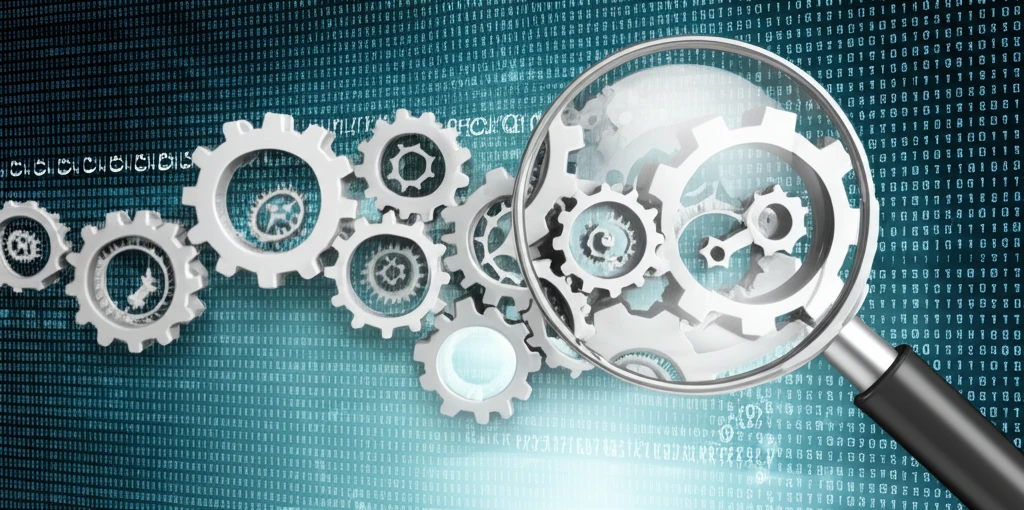
Unlocking Hidden Insights: How Mediation Analysis Can Revolutionize Your Understanding of Cause and Effect
"Move beyond simple correlations and dive deep into the mechanisms driving real-world outcomes. This guide explores innovative strategies for uncovering the 'why' behind the 'what'."
In a world awash with data, understanding why things happen is more critical than ever. We're constantly bombarded with information showing correlations – A is linked to B – but rarely do we grasp the underlying mechanisms at play. This is where causal mediation analysis steps in, offering a powerful toolkit for unraveling the intricate web of cause and effect.
Traditional methods often fall short, relying on assumptions that are difficult to verify or requiring complex research designs. But what if there was a way to simultaneously identify both treatment and mediation effects, even when faced with heterogeneous populations and imperfect data? This article delves into a groundbreaking identification strategy that promises to do just that.
Whether you're a researcher seeking to explain empirical phenomena, a policymaker aiming to design effective interventions, or a business leader striving to optimize your strategies, understanding mediation analysis is essential. Prepare to unlock a new level of insight and make more informed decisions based on the real drivers of change.
Why Traditional Mediation Analysis Falls Short

Causal mediation analysis aims to dissect the process through which an initial variable (often a treatment or intervention) affects a final outcome. It does so by examining intermediate variables, known as mediators. For example, if we want to understand how a job training program increases employment rates, we might look at whether the program first improves participants' skills, which then leads to better job prospects. Here, 'skills' would be the mediator.
- Multiple Ignorability: Many methods need several layers of ignorability, which are hard to confirm.
- Complex Research Designs: Some methods need special study setups that are hard to do.
- Confounders: Ignoring confounders, which affect both the mediator and outcome, can mess up results.
The Future of Understanding 'Why'
Mediation analysis is more than just a statistical technique; it's a powerful lens for understanding the world around us. As data continues to grow, robust mediation techniques are essential. By moving beyond simple correlations, we can unlock insights, design effective interventions, and create positive change in all areas of life. Whether you're a researcher, policymaker, or business leader, now is the time to explore the power of mediation analysis.
